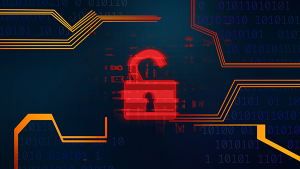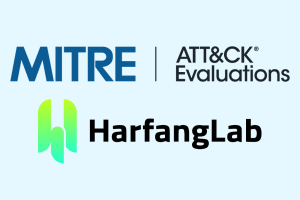 https://www.ikarussecurity.com/wp-content/uploads/2025/06/OWASP-Top-10.jpg
166
304
IKARUS
https://www.ikarussecurity.com/wp-content/uploads/2025/02/IKARUS-Security-Software-4-1.png
IKARUS2025-06-18 14:37:552025-06-20 11:03:57OWASP Top 10 for LLMs: New Security Challenges due to AI
https://www.ikarussecurity.com/wp-content/uploads/2025/06/OWASP-Top-10.jpg
166
304
IKARUS
https://www.ikarussecurity.com/wp-content/uploads/2025/02/IKARUS-Security-Software-4-1.png
IKARUS2025-06-18 14:37:552025-06-20 11:03:57OWASP Top 10 for LLMs: New Security Challenges due to AIDigitalisation confronts every company with a growing amount of data. Employee, user or customer data, process and status information, financial data, copyrights, or trade secrets such as research results, patents or source code are considered particularly worthy of protection. The loss of sensitive data – whether through data theft, technical or human error, encryption, or unauthorised dissemination – can have devastating consequences.
Data Loss Prevention: extensive risk provision
Data Loss Prevention (DLP) refers to various strategies, methods and technologies that can be used to protect sensitive data in companies. The main objective of DLP is to ensure the confidentiality, integrity and availability of data and to prevent intentional or unintentional loss. In addition, it is also about complying with internal as well as external requirements such as the GDPR.
As an umbrella term, data loss prevention includes various measures such as the classification and labelling of sensitive data, the monitoring of data traffic, access controls, the encryption of data and also the training of employees. Implementing appropriate policies and technologies should ensure that data remains as secure and protected as possible. The methodical structure of the approach can be divided into five steps. [1]
5 steps to implementing data loss prevention
- Risk assessment and classification: Identify the different types of sensitive data that exist in your company in different areas. Classify the data according to its sensitivity and importance.
- Develop and enforce policies: Establish clear and comprehensive policies for handling this data. This should cover different life cycles: acquisition, use, exchange and types of storage.
- Implement the appropriate technical solutions: Existing or additional software solutions help to fulfil the requirements. Tasks such as data classification, control of data traffic, especially encryption, and appropriate access controls should be implemented.
- Training and awareness-raising of employees: The reason and purpose of the measures should be communicated to all employees in training sessions on a regular basis. The aim is to raise awareness of the topic of data protection and data loss prevention and to teach the right behaviour. Ensure that your employees understand the importance of compliance and know how to report suspicious activity.
- Monitoring and regular review: All technical measures require continuous monitoring and logging. In the best case, deviations are reported automatically. A quick reaction allows timely measures to prevent or at least limit data loss.
Long-term development of comprehensive protective measures
While the measures and technical solutions may seem extensive and complex at first glance, a step-by-step approach and successive pursuit of a long-term strategy is important. At the beginning, it is indispensable to deal with the basics: What data is available where in the company and how critical is it? For the first steps, it is often possible to use existing possibilities.
By implementing the “need to know” principle, you can optimise access rights at the organisational level. In doing so, access to data is always restricted to the necessary group of users and it needs to be regularly checked and updated.
Technical first measures with a great effect would be, for example, to activate encryption on mobile end devices such as notebooks, tablets, and smartphones. This can significantly mitigate the consequences of losing a device. Services such as cloud services or backup systems often offer supporting functions as well.
Raising awareness among employees about different classes of data, their importance and impact should be a priority. Also, instruct all employees not to store sensitive data on private devices or cloud storage solutions, or to send it via email in plain text. Define clear rules of conduct for handling data as well as for violations – who is to be informed when and how?
Comprehensive data security is a long-term strategic management issue. Corporate data protection requires a holistic approach. Through a combination of risk assessment, clear policies, training, technical solutions, and continuous monitoring, you can ensure and improve the protection of your sensitive data. Simple steps often already achieve a significant optimisation of the level of protection.
This might also interest you:
Seamless data protection even with mobile working
Location tracking: Risks from location data
Tiktok ban on business devices?
Sources:
[1] https://www.techtarget.com/whatis/definition/data-loss-prevention-DLP

















